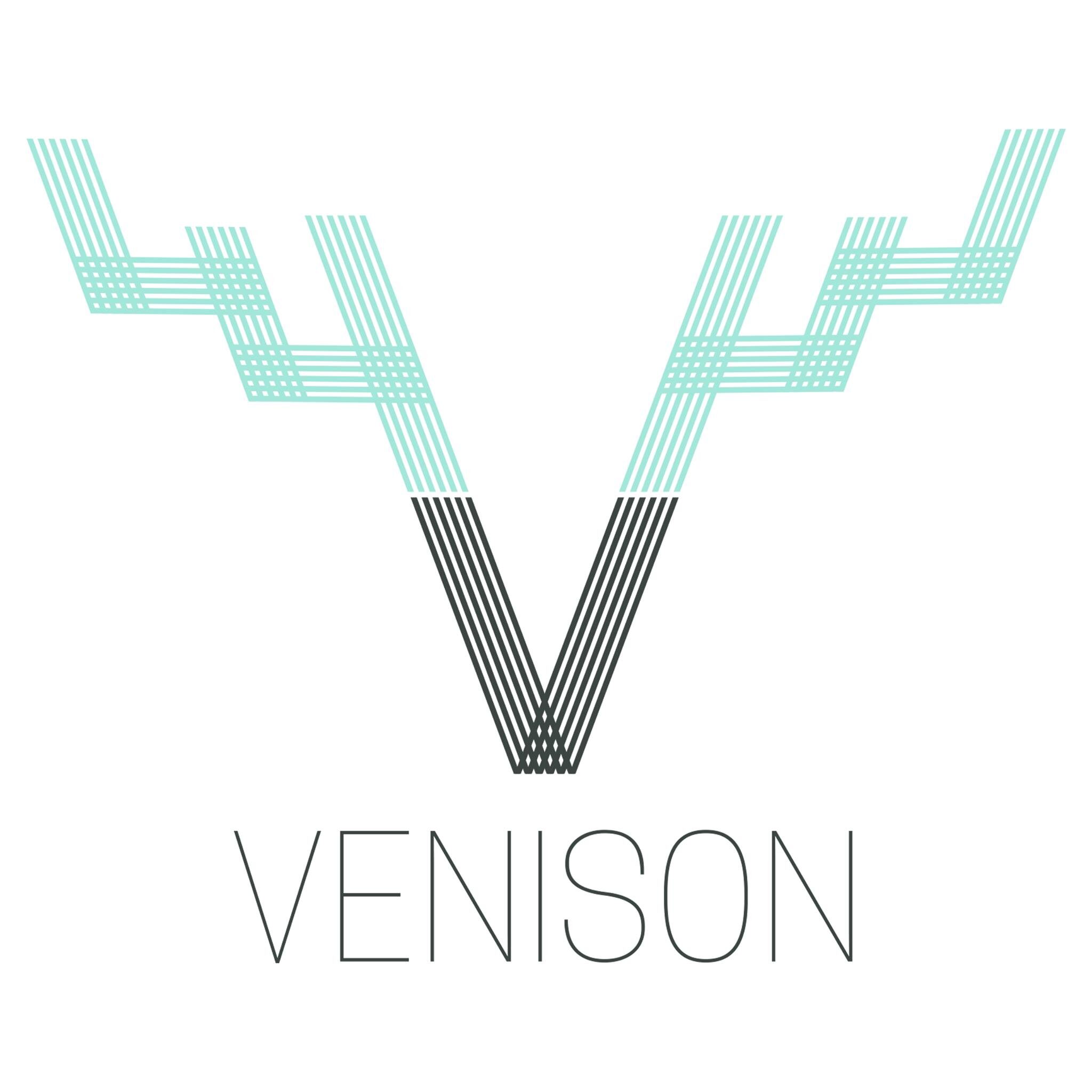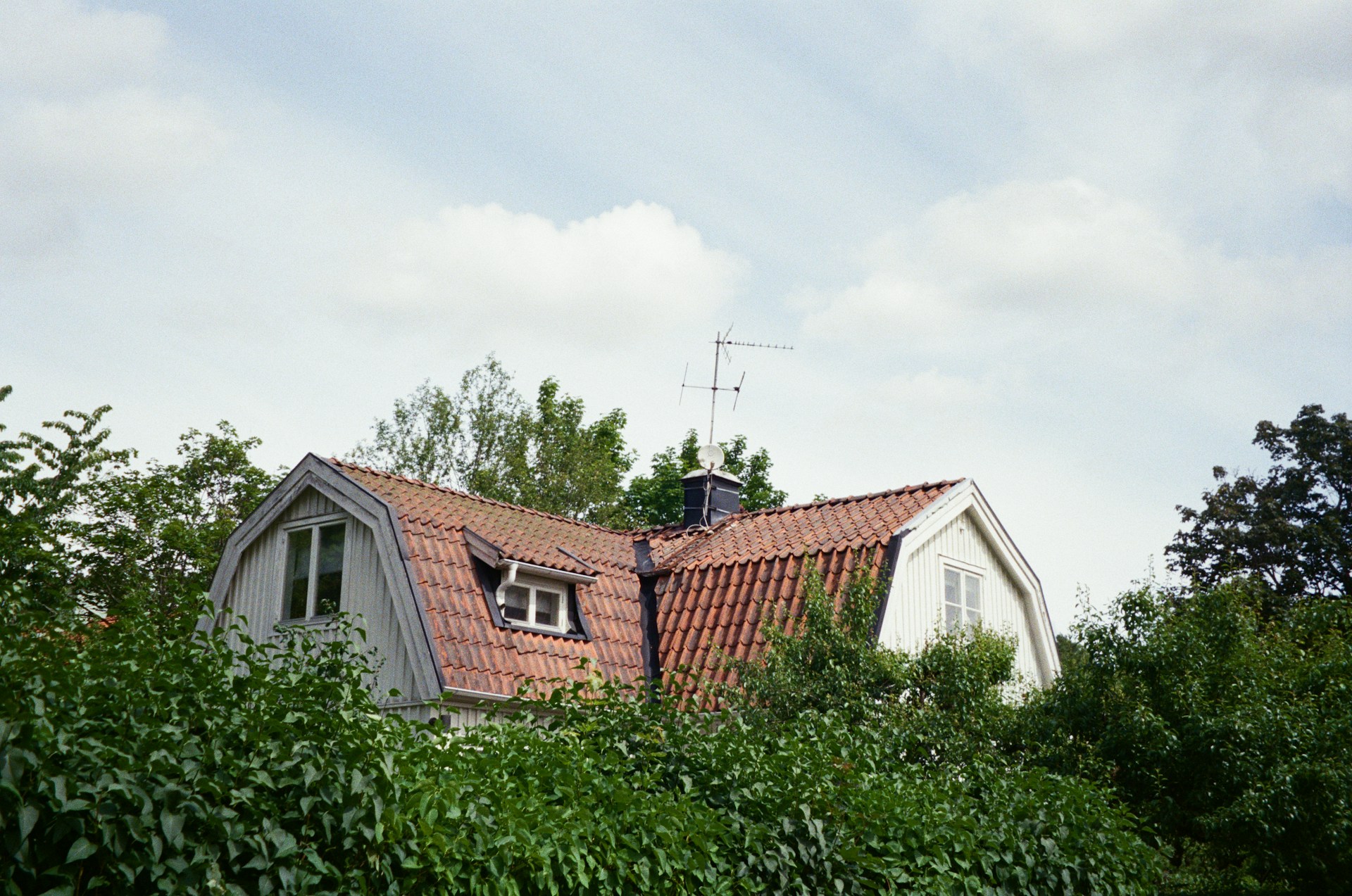Jennifer Huang just finished her first year at the Art Institute of Chicago. If you have been an avid Venison Magazine reader you might recognize Jennifer’s name. She has been involved with Venison since our founding through her previous involvement in the collective Weeknight Rodeo from which we originated. This feature comes in two parts, a reflection by Jennifer herself and a Q&A section about her experience.
Reconsidering Gendered Habits: A Reflection on the Past Year
by Jennifer Chen-su Huang
I just completed the first year of my MFA degree at School of the Art Institute of Chicago. I’m still wading through newfound knowledge of alternate histories, digesting queer theory, and developing my own feminist strategies. At this moment, I’m wondering how to balance what an institution expects of me and what I demand of myself as an artist. To discuss the personal is neither cool or popular, but it is political. I choose to highlight the trivial and commonplace, to utter the ordinary anecdotes that compose a life. But how do I assert those intentions when they become labeled as gendered?
My last two meetings with two separate advisors ended with pleas to monitor my “gendered habits,” to stop undermining my work. This happens when I express worry or doubt about my artistic pursuits, or when I explicitly reveal the conditions of my making. When asked why I covered my drawing in thirty pounds of soap, my immediate response is, “Over winter break, I made a lot of soaps with my mom to give as Christmas presents, and I became drawn to it as a material, its scent, its fluidity that quickly hardens, its ephemerality — it melts, dissolves. The drawing was too direct an image, and I wanted to turn it into a haptic object. So I poured soap over it and sliced it into parts to be stacked.” I’m told, however, not to fall into these rabbit holes of domestic or material anecdotes, that they reveal my insecurity and unassured-ness. This uncertainty needs to be reframed as an exploration, an investigation, my “research.” Instead, I need to consider soap as a conceptual material, made of fat, made of the body to clean the body. “Its contradiction, its abjection and cleanliness interests me.” While also true, it is honestly not my first answer.
There is a part of me that completely understands and agrees with their criticism, that these personal narratives, how I came to a material (which are usually through intuitive rather than intellectual paths) does not legitimize or contextualize my work within contemporary art.
The other part of me is conflicted — these autobiographical anecdotes are honest. When I approach a material, it is not through theory but my own lived experience. Roland Barthes notes that the mark of the utopian is the quotidian.
These moments spent with my family are not monumental nor sexy, but they are rather ordinary, much like the work I create. I choose to acknowledge and embrace the quotidian through the use of ordinary materials. I reference tea towels, candles, and bathroom towel rings. I reuse and assemble found objects, like pebbles, seashells, and broken bricks collected on daily walks. This accumulation of everyday debris feels most immediate and real to me; there is potential in the banal to affect and be affected.
We’re told to abandon our “I feel…” and “I think…”’s for empty blanket statements, that it is better to be emphatic rather than empathetic, confident rather than considerate. But to erase this nuanced way of speech, to adhere to dogmatism is disheartening. In the same way that I appreciate the ordinary, I argue that these gendered habits are worth reexamining and learning from. We must recognize the importance of different patterns of speech, that self-questioning is not solely tied to the female sex, nor is it a trait that should be belittled — to continually encourage unchecked assuredness and sheer exuberance creates leaders like our current presumptive Republican presidential nominee.I want to reconsider the debasement of so-called “gendered habits.” My anecdotal way of talking about my work is informal, but that doesn’t mean it’s irrelevant or unintellectual. This choice to highlight insignificant moments is important to me. Walking along fields of rice with my grandfather, pouring lavender soaps with my mother — these are moments that continually inform my art practice. To disregard them is to erase my very experience.
In the same way that,
“Still lifes punctuate its significance: the living room strewn with ribbons and wine glasses after a party, the kids or dogs asleep in the back seat of the car after a great (or not so great) day at the lake, the collection of sticks and rocks resting on the dashboard after a hike in the mountains, the old love letters stuffed in a box in the closet, the moments of humiliation or shock that suddenly lurch into view without warning, the odd moments of spacing out when a strange malaise comes over you, the fragments of experience that pull at ordinary awareness but rarely come into full frame.”** so I also want my work to be.
Q&A with Jennifer Huang
by Amber Imrie-Situnayake
I describe my art practice in terms of material explorations with ties to autobiographical or cultural history. I am interested in erasing gender and material hierarchies, collapsing culturally ingrained value systems and proposing new ways of looking and feeling. My works are composed of handmade and found fragments that are constantly reworked in new configurations. In this way, these assemblages of crocheted baubles, soap shards, and sea shells create fluid identities that resist definition. Their ambiguity prompts viewers to reconsider the assumptions that often go unquestioned.What was the driving force which lead you to apply for an MFA?
When I graduated with my BA, I knew there was still so much I wanted to learn and I knew that I needed school to facilitate that experience for me, to carve out that time and space where I could dedicate my energy into my work. I knew also being out in the working world would only further fan this desire. I took the advice of a couple of professors and decided to wait on graduate school. In between, I was working odd jobs, cat-sitting, working at a tea shop, tutoring students with learning disabilities, while also making my artwork in my bedroom. Those two years I took between school made me realize how truly luxurious it is to be in an academic environment. Sure, I’m stressed at times, but I have to remind myself how wonderful this is — to be able to share my work with my peers and professors, to get their feedback, criticism, and encouragement.Why did you choose School of the Art Institute of Chicago and what aspect of this program has become integral to your journey?
I was most interested in the Fiber and Material Studies department, and it’s the department where I am now. The concerns of the department are both technical and conceptual; we really consider the meaning in the material, which reminds me, is the name of Brody’s sculpture class that we were in together, “Meaning in Material.” Maybe that was the catalyst that pointed me in this direction. But in the department, we are encouraged to consider the politics of craft and labor, matters of domesticity, and the construction of identity. I think it’s a perfect fit for me, being a part of an intimate home base (there’s ten grad students in our cohort) within a larger art institution.I was also attracted to attending an art school. I loved my time at Berkeley, but our resources were much limited in comparison. Prior to grad school, a lot of the fiber processes I used — knitting, crocheting, sewing — were entirely self-taught. The school didn’t have a lot of the equipment I was interested in, or as I found out recently, Berkeley just got rid of them entirely. In my readings, I learned that Berkeley was the first school on the West Coast to offer an MFA in weaving in the 60s. What happened to all the looms? Anyway, within my first year, I learned how to weave on a floor loom as well as a digital Jacquard loom and am incorporating these traditionally undervalued processes into my practice.
That’s awesome! Brody Reiman’s “meaning and materials” class was a big catalyst for my work as well. So, you have one year down, one to go. What advice would you give artists who are about to start an MFA?
Hmm, I feel like I am still in need of advice. But don’t be too hard on yourself. There’s this pressure to constantly create, to know what and why it is you are making this thing. At times it’s contradictory. Follow your own inclinations. Respect conflicting opinions, but ultimately it’s up to you to tell the story you want to share.
With full acknowledgement that you’re only a year into a two year program; how prepared do feel for life post-MFA? OR How has the program changed your plans/ direction in relationship to financial security for your post-MFA life? (What has changed in you as a person/artist (outside of your art-objects) that you believe will give you the ability to propel yourself forward? Like, Art professionalism-ness.
To be honest, I don’t feel ready to graduate at all. Financial security is a big part of it. There’s this fear that my art practice will slip onto the backburner while I’m juggling to pay the bills. But being in grad school provides you with a community after school, that will hopefully continually encourage you to keep making your work. I think we had that as well, after undergrad, with Weeknight Rodeo.
I think there have been so many of those moments, but I guess one of them has been reading the work of Janis Jefferies, an artist and art historian. She embraces this way of working in fragments, of colliding academic and diaristic writing, and I think I approach art-making similarly. I feel at times there’s this pressure to keep your work from becoming too personal or esoteric, but knowing that there are artists who have paved the way for me, who have ardently defended their stance is encouraging to me. I took a class on Contemporary Histories in Fiber this past semester, and it was incredibly informative.How did this moment change or alter the way you were thinking/approaching/ or making your work?
I think I’m still processing that — but it definitely led me to think a lot about queer utopias, a space that is fluid, that is constantly being reinvented, where heteronormative ideals are no longer the dominant narrative. I’ve been thinking of my art-making in terms of utopic fragments. The way I create is fragmentary; the pieces I form with my hands are components of an unrealized whole, much like each memory that composes a life. I see life as a constant patchworking of moments, and sometimes within those fragments, there are glimpses of utopia.Susan Buck-Morss quotes Walter Benjamin in Illuminations when she notes, “These [childhood] memories are evidence that the ‘unfinished and commonplace, comforting and silly’ world in which we have in fact lived is not without the momentary experience of utopia.” And it is that “unfinished and commonplace, comforting and silly world” that I want to capture in my work.Is your MFA weaving still going?
Yes, it is! I’ve started this weaving as a calendar of my time here. I began in October and everyday that I’m working in studio (which has been nearly everyday), I will crochet a line of weft and attach a note of the day — how I felt, what I worked on, etc. I like that the sides are sagging from the weight of the notations, how each day accumulates to create a fabric of my time here.











